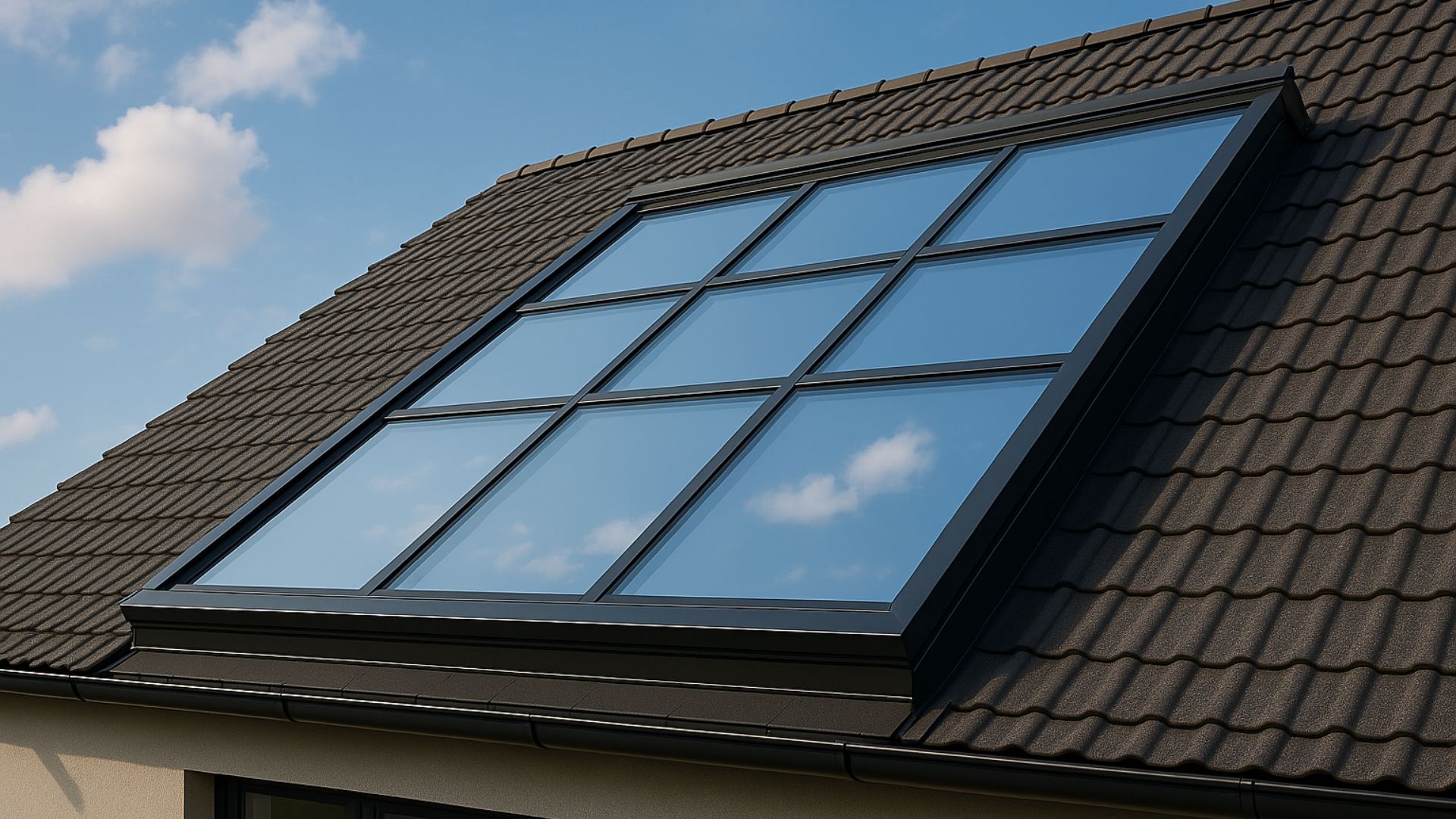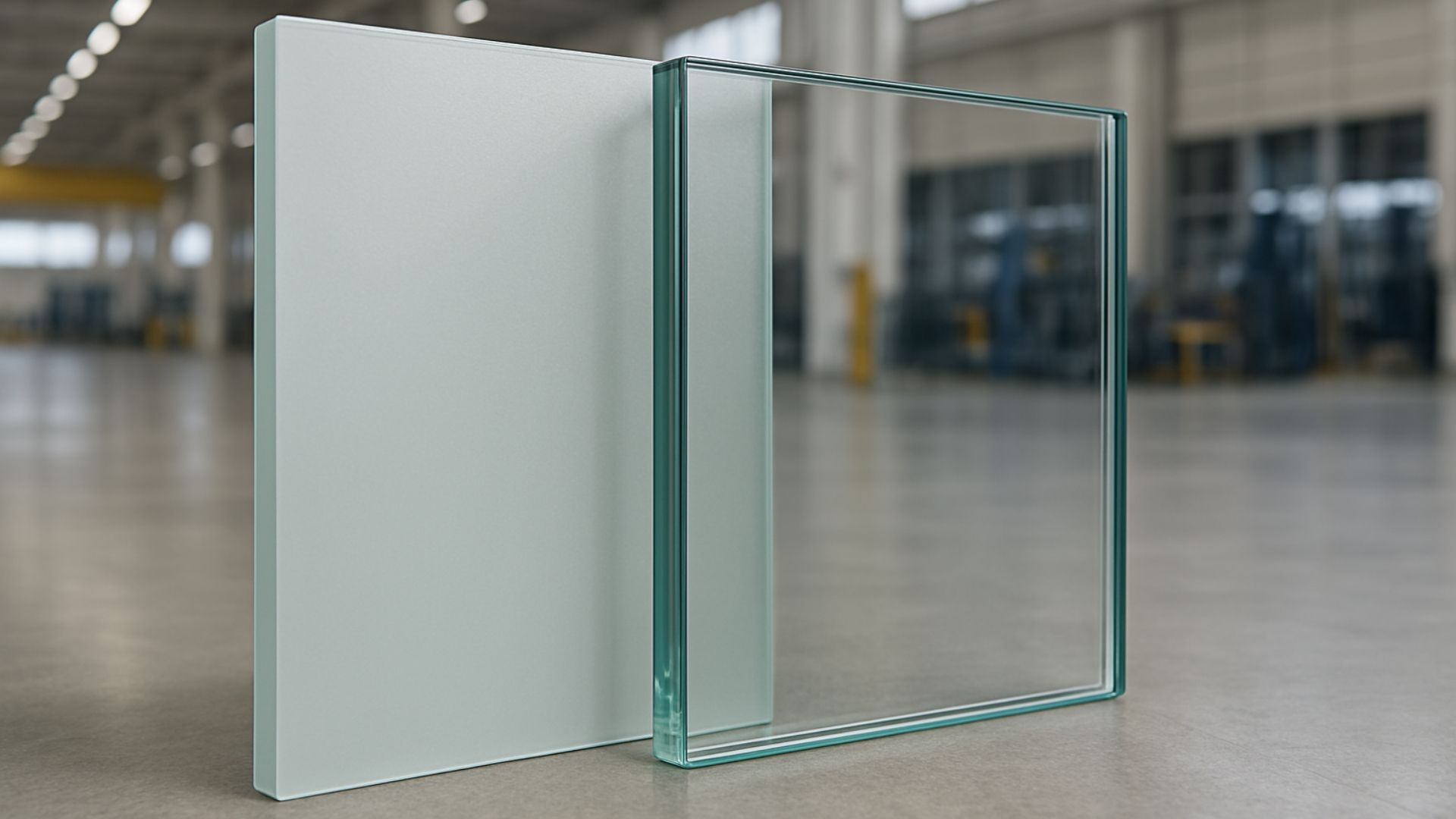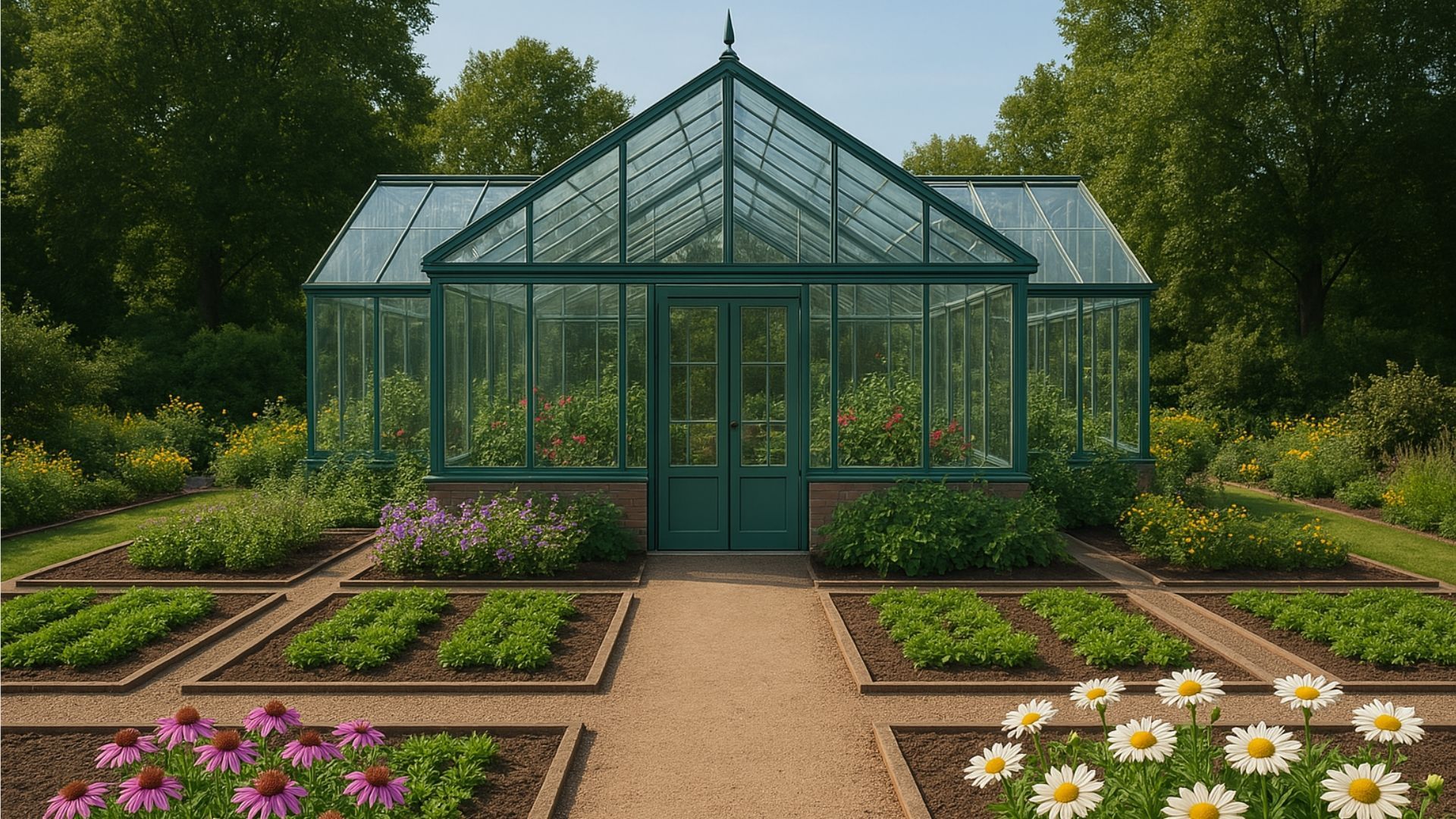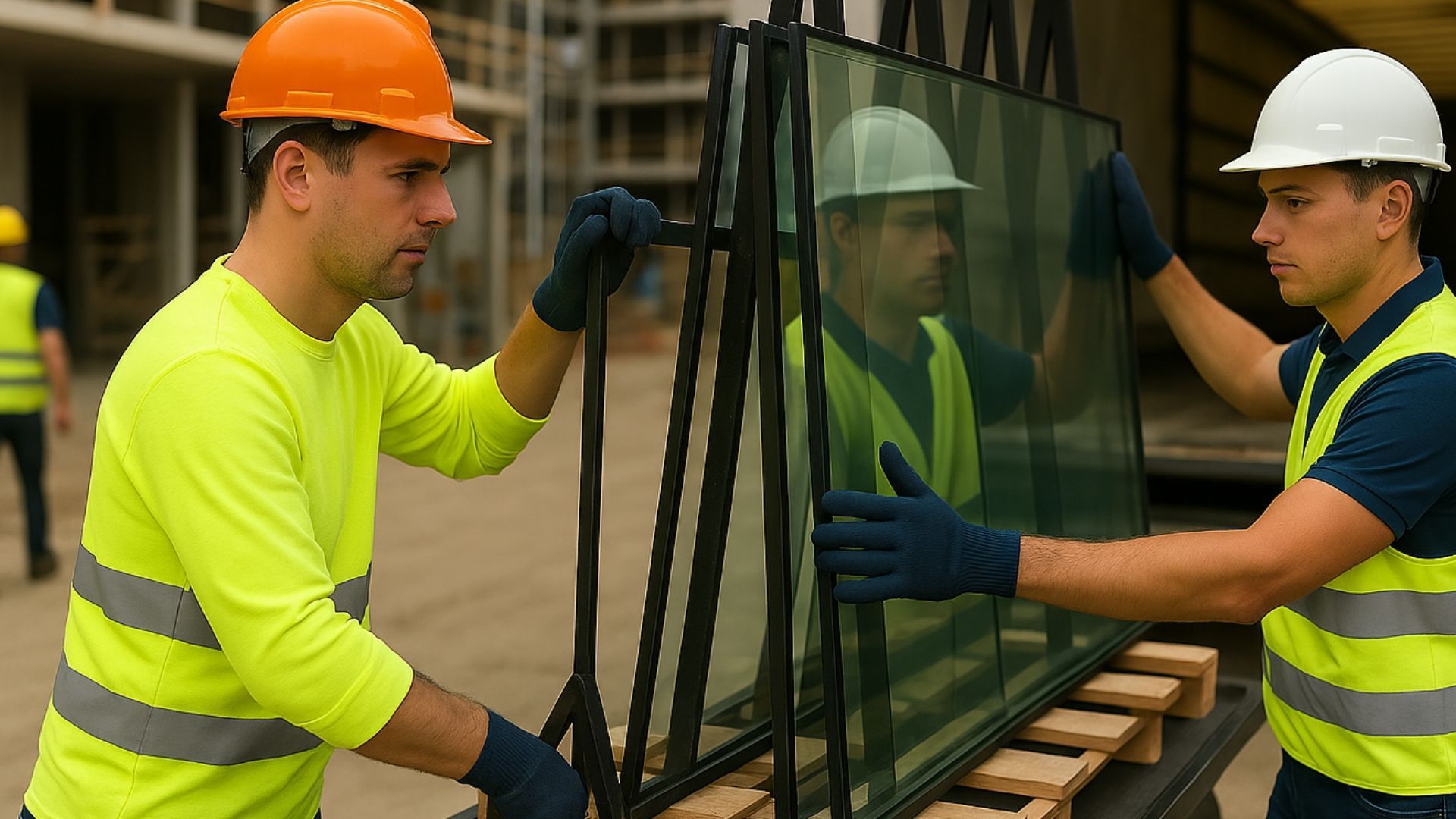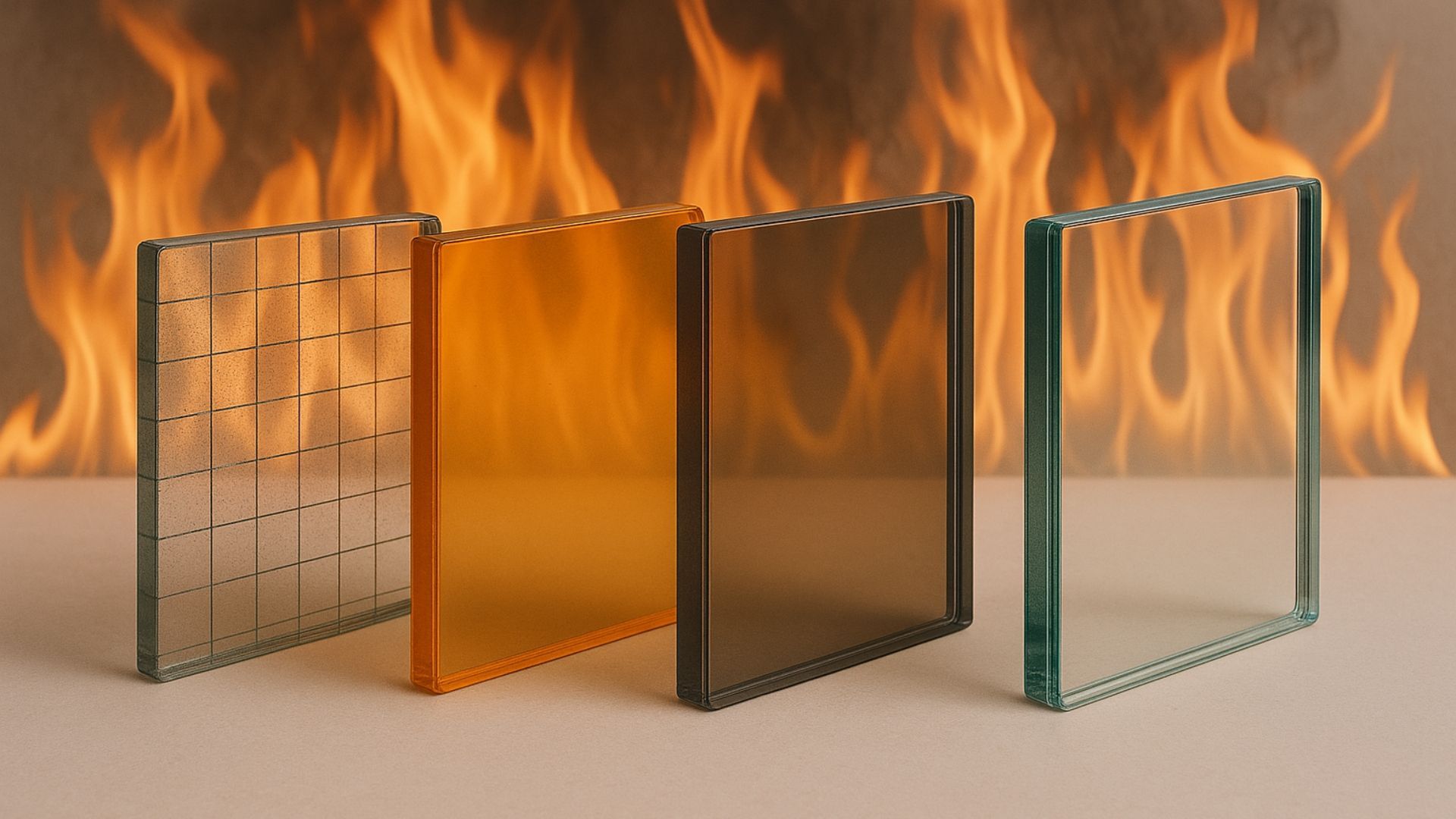Is photovoltaic glass the future of architecture?
Share this blog:
Photovoltaic glass turns windows into solar panels. Learn more about this innovative architectural solution.
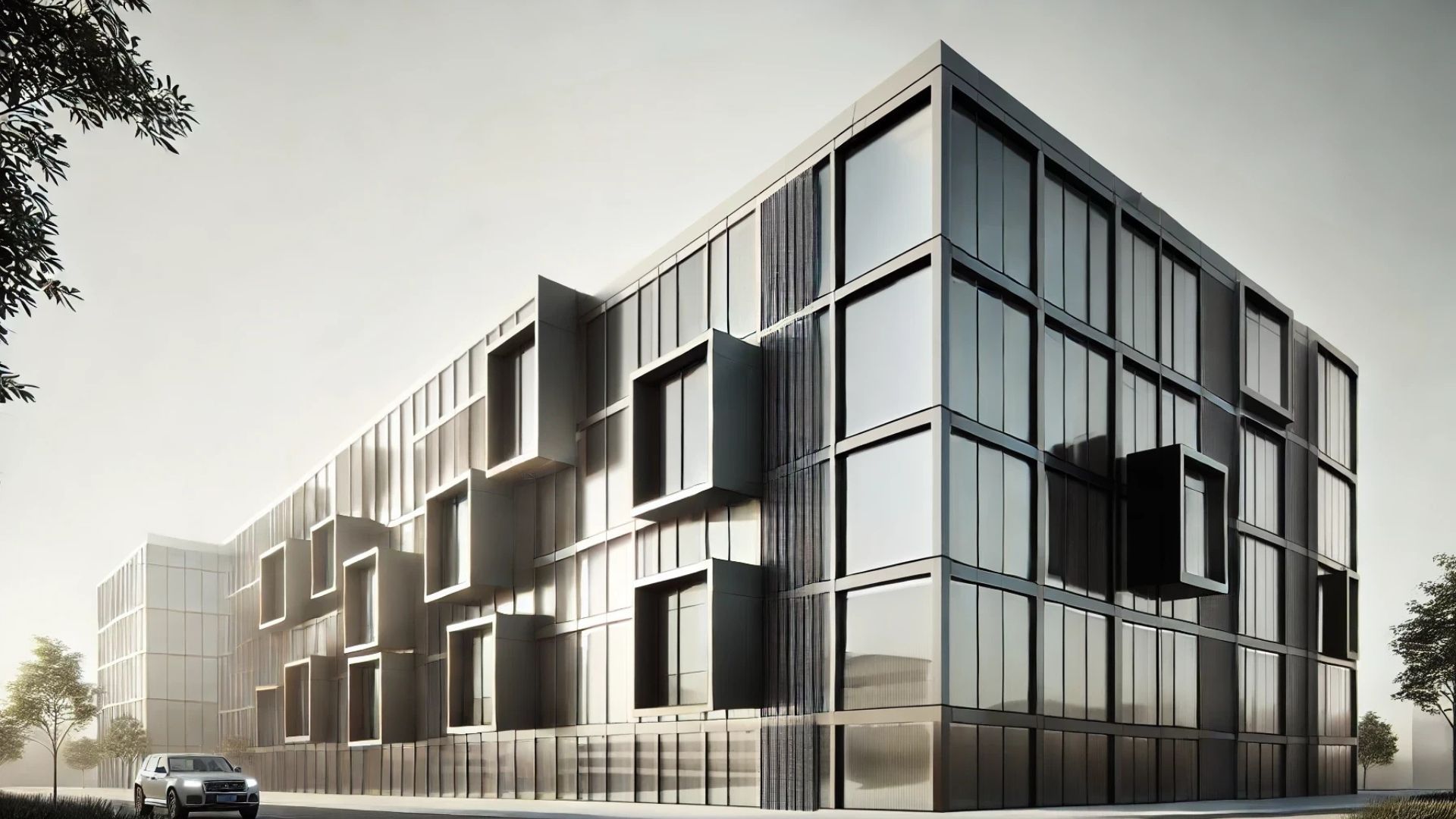
By now, we're all familiar with the sight of solar panels, whether on the roofs of buildings or laid out on the ground. They're an eco-friendly innovation that forms a key part of the UK's sustainability strategy.
Long live solar panels, we say. But they do have one drawback. They're big, chunky things, taking up space in a way that not every property owner likes.
What if your building could be installed with solar panels that do the same job without spoiling the view? That's the promise of solar windows – see-through solar panels that convert sunlight into green power.
Solar glazing is made from photovoltaic glass – and some say it will be a key material going forward.
Are they right? Let's find out a bit more about this state-of-the-art innovation in glass.
How does photovoltaic glass work?
Photovoltaic glass sandwiches transparent thin-film solar cells between two sheets of glass. This absorbs sunlight and converts it into green energy. Unlike traditional solar panels, it has two functions: it works as a building component and as an energy generator.
And it can be installed wherever you currently have a piece of regular glass: your home, your office or your car. It can also replace existing pieces of structural glazing, including skylights and curtain walls.
In London's Canary Wharf, there's even a photovoltaic
bus shelter. This innovative structure provides power to smart signage and other infrastructure on the Canary Wharf estate – and it can do so even when light is low.
Meanwhile, in Geneva, construction is underway on a complex for the humanitarian organisation Doctors Without Borders. This design, dubbed "colours for humanity", utilises large quantities of photovoltaic glass.
Around 40% of the curtain wall will be made using transparent solar cells. It will have multi-coloured, energy-generating, fully operational windows.
What are the advantages of photovoltaic glass?
There are four main advantages of photovoltaic glass. All four derive from its combination of traditional glass functionality with electricity generation.
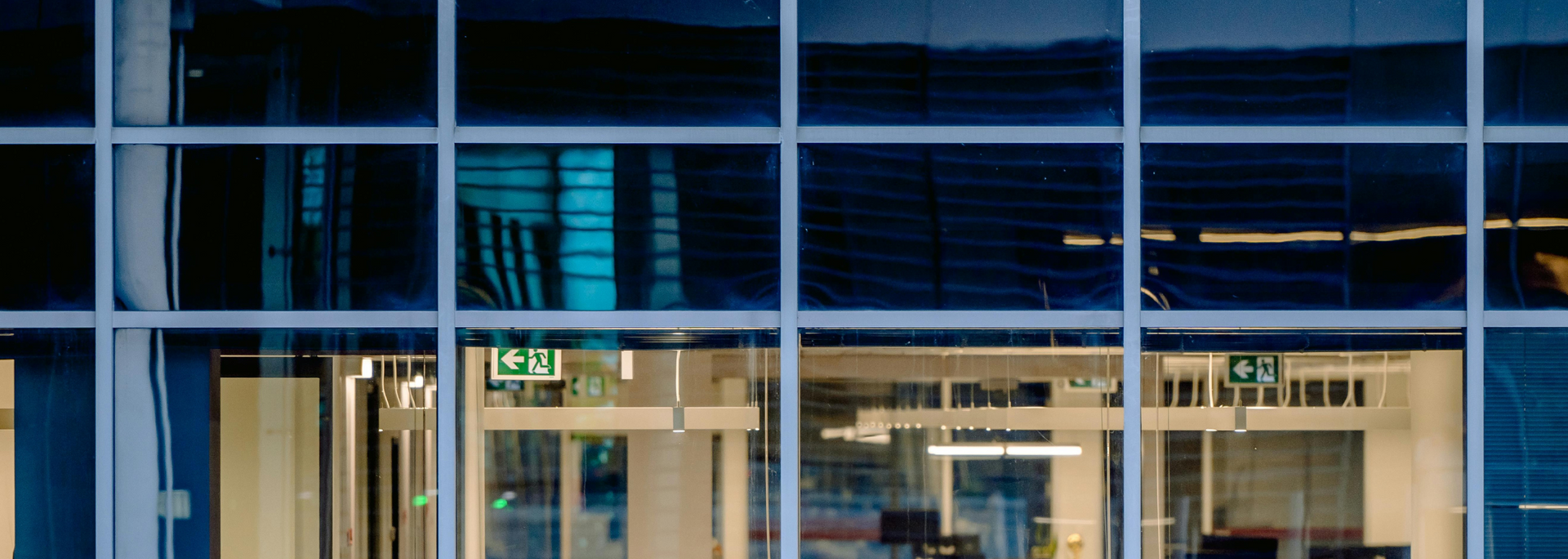
The first advantage is that photovoltaic glass can be installed with minimal or no change to the design or appearance of a building. It's not 100% transparent, but slitted variations exist for maximum light penetration.
Secondly, it's sustainable. After all, this is a glass version of a solar panel. It's ideal for homeowners and businesses looking to slash their energy costs and reduce their carbon footprints.
Thirdly, it's forward-thinking. Many businesses see that sustainability has an extra perk. As well as helping them act in line with climate targets, it shows customers that they take their civic responsibilities seriously and are willing to adapt to developments in tech.
Finally, it's versatile. Photovoltaic glass can be installed in double- or triple-glazing units and comes in a variety of colours, patterns and gradients.
It's not all rosy, of course. Photovoltaic glass is more expensive than regular glass, meaning that, at present, it's not an option for many homeowners and businesses.
Moreover, its effectiveness depends on the amount of direct sunlight it receives. Every building has a roof that can soak up ultraviolet and infrared light. But this isn't true of glass facades and windows.
Despite these obstacles, photovoltaic glass could be the future of sustainable architectural glazing. But it's just one solution among many. What else does the future hold?
What other sustainable glass products are there?
Photovoltaic glass is just one piece of the puzzle. Other innovative products include
smart glass, electricity-generating glass bricks, solar blinds and even solar-powered trees.
Smart glass has been around for a while now. It lets you switch a pane of glass from transparent to opaque with the touch of a button. This gives you greater control over the heat coming in and out of your property, meaning greater control over your energy bills and carbon emissions.
Meanwhile, British company Build Solar has created glass bricks that generate electricity from solar power. This can be used to replace the glazing in buildings, offices and bus shelters.
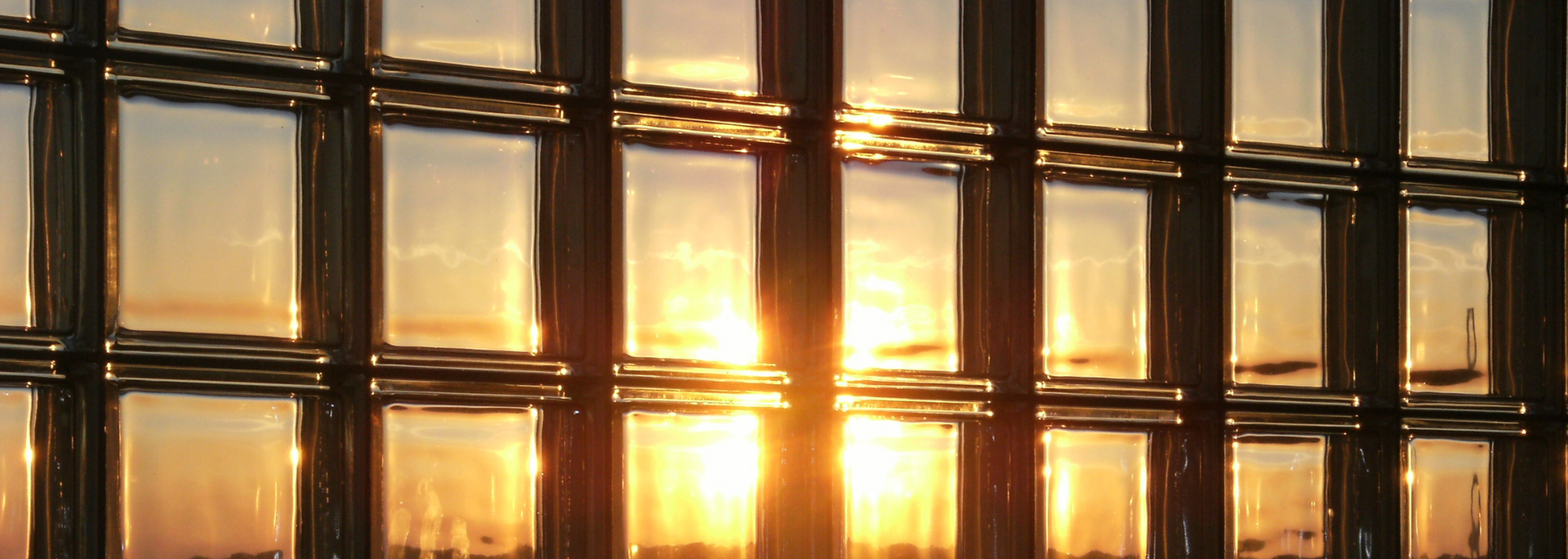
Build Solar says that these glass bricks "look better than solar panels and take up less space", making them "an eco-friendly alternative to current building materials".
Nearly 7,000 miles away, a manmade forest in Singapore features solar-powered trees. These harness solar energy to power lights and air vents while providing shade to locals. These fantastical-looking structures also boast a vertical garden and can clean rainwater.
Solar panels can be an eyesore or, at the very least, an unavoidable sight. What if they could be installed at sea? Ocean Sun has created floating platforms to protect solar panels from the rigours of the sea.
Finally, there are solar blinds. These are blinds fitted with flexible solar panels that can roll over windows. This is ideal for people who want to harness solar power but live in a shared building and don't have access to the roof.
Why is photovoltaic glass important?
Photovoltaic glass is cool. It could also help the planet cool down.
It's a glass product that can help reduce the carbon footprint of buildings and help countries the world over reach net zero. This is an initiative designed to cut or offset emissions.
Architects have always been at the forefront of sustainable design, so it's no wonder that photovoltaic glass and other eco-friendly glass products are being embraced by the industry.
Is toughened glass eco-friendly?
Here at ToughGlaze, we specialise in
toughened and
laminated glass. As well as being super-sturdy and versatile, it's a great way to make your home or business premises more energy-efficient.
This is because it keeps the heat in when it's cold and out when it's hot. The result? An aesthetically pleasing, durable and endlessly customisable product that will have you reaching for the thermostat less and less – a boon to your wallet and your carbon emissions.
ToughGlaze is a UK-based
commercial glass company with more than 30 years of experience. To catch up on more glass industry news, follow our
expert blog.


